When you think of Mexican gastronomy, what comes to mind? Tacos? Mole? A colorful table surrounded by family? It’s all that—and so much more. Mexican gastronomy isn’t just about food; it’s about heritage, storytelling, and a deep connection to the land and its people. Recognized by UNESCO as an Intangible Cultural Heritage in 2010, it stands tall among the world’s most celebrated culinary traditions.
The Soul of Mexican Gastronomy: Essential Ingredients That Tell a Story
At the very heart of traditional Mexican cuisine lies what many call the “holy trinity”: corn, beans, and chili peppers. These ingredients aren’t just staples—they’re symbols of survival, identity, and community.
- Corn (Maíz): Corn is more than just food in México.From soft tortillas and fluffy tamales to steaming bowls of atole and festive pozole, corn finds its way onto every table, every celebration.
- Beans: A humble yet powerful source of protein, beans complete the plate—whether refried alongside rice, spooned into soups, or layered into crispy tostadas.
- Chili Peppers: Think Mexican food, and you’ll think spice! From smoky chipotles to fiery habaneros, chili peppers bring not just heat but depth and complexity to countless dishes, salsas, and sauces.
- Tomatoes & Tomatillos: These vibrant fruits form the base of many traditional Mexican salsas, stews, and sauces, adding bright acidity and flavor.
- Avocados: Ah, the creamy green star of guacamole! Avocados also sneak into tacos, tortas, and salads, bringing smooth richness.
- Cacao: Once treasured by the Aztecs and Mayans, cacao is woven into Mexico’s gastronomic history, lending its deep, bittersweet notes to mole and hot chocolate.
Spices like cumin, cinnamon, oregano, and epazote tie everything together, creating what can only be described as a flavorful tapestry. This authentic Mexican food isn’t just delicious—it’s a celebration on every plate.
Mexican Gastronomy: Where Indigenous Roots Meet Colonial Influence
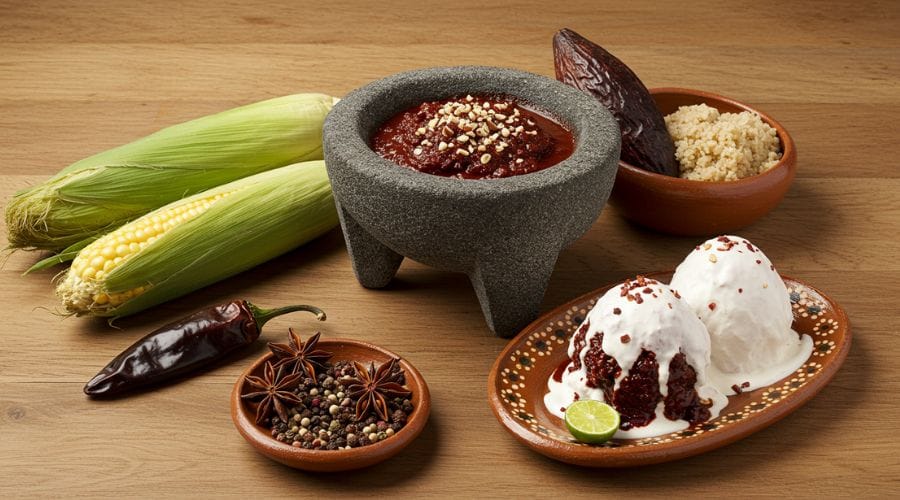
Long before the Spanish set foot on Mexican soil, indigenous communities were cultivating corn, squash, chilies, and cacao. The ancient cooking technique of nixtamalization—soaking corn in lime water to unlock its nutrients—remains foundational today. And let’s not forget tools like the molcajete (stone mortar), used to grind spices and prepare salsas the old-school way.
Then came the Spaniards, bringing with them wheat, rice, olive oil, dairy, pork, and beef. Rather than replacing local traditions, these new ingredients wove themselves into the existing culinary fabric. Out of this fusion blossomed iconic dishes like mole poblano (a rich sauce blending chili peppers, chocolate, spices, and nuts) and chiles en nogada (stuffed poblano peppers topped with walnut sauce and pomegranate seeds).
Over the centuries, trade with Africa, Asia, and the Middle East introduced even more layers to this already rich cuisine, turning Mexican gastronomy into a delicious, ever-evolving mosaic.
Preserving Tradition: The Ancestral Techniques Behind Mexican Culinary Heritage
What sets gastronomia de Mexico apart isn’t just its flavors—it’s the way recipes, farming methods, and rituals are passed down through generations. In places like Michoacán, food isn’t just prepared; it’s shared, taught, and celebrated. Community-based farming practices like milpa systems (intercropping) and chinampas (floating gardens) continue to sustain families and respect the environment.
And let’s talk celebrations! Food takes center stage at every major event—from Day of the Dead offerings of pan de muerto and tamales to Independence Day feasts brimming with pozole and chiles en nogada. Here, cooking isn’t just nourishment—it’s ritual, performance, and memory.
A Taste of México: Exploring Regional Flavors
One of the most exciting parts of exploring Mexican gastronomy is discovering how dramatically the cuisine changes from state to state.
Northern Mexico: Land of Grilled Meats

Known for its cattle ranching, the north boasts dishes like carne asada, machaca (dried shredded beef), and hearty flour tortillas. Gatherings here often feature smoky grills and bold flavors.
Oaxaca: The Kingdom of Mole
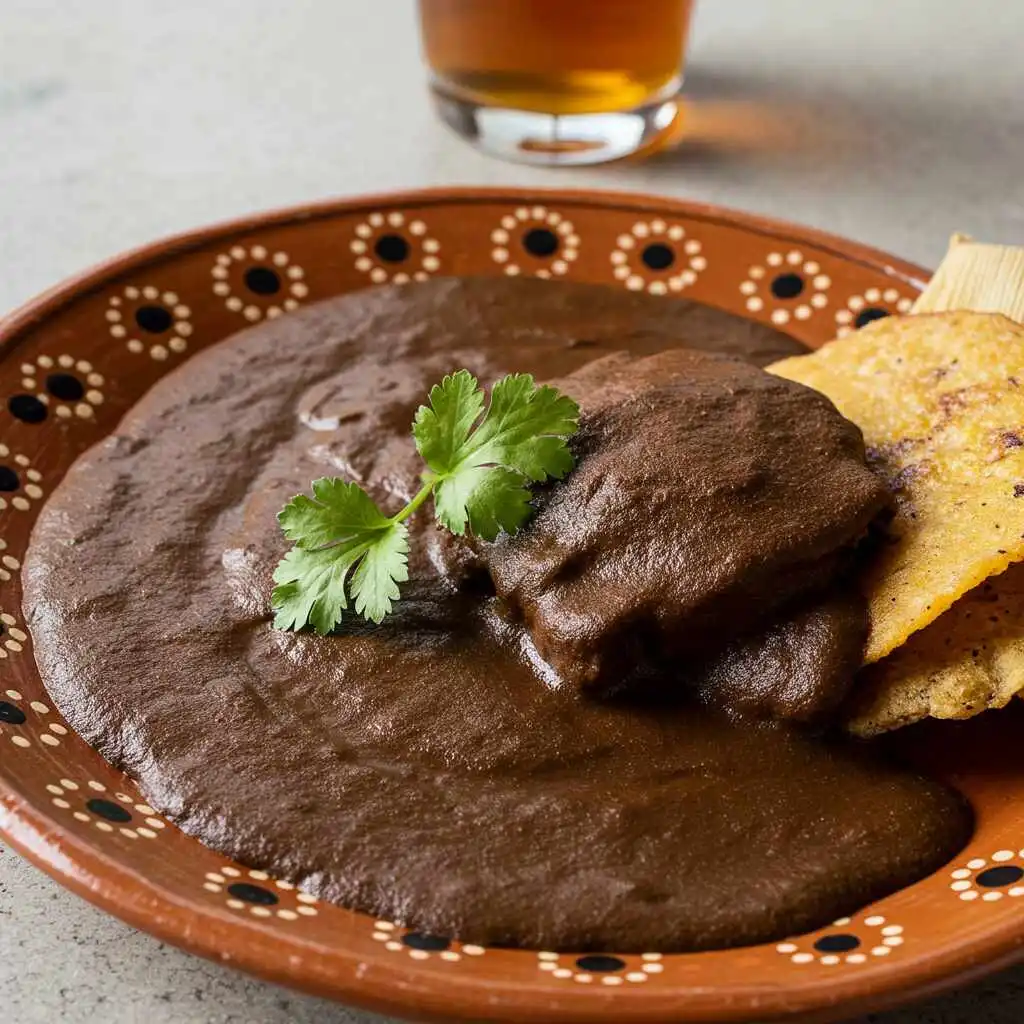
Ever heard of the “land of seven moles”? That’s Oaxaca! Here, the complex, velvety sauces are legendary. Add to that crispy tlayudas and savory tamales, and you’ve got a foodie paradise.
Yucatán Peninsula: A Tropical Feast

In the lush Yucatán, the cuisine is deeply influenced by Mayan traditions. Signature dishes include cochinita pibil (slow-roasted pork wrapped in banana leaves) and papadzules, offering tropical, citrusy notes unique to the region.
Pacific Coast & Baja California: Seafood Stars
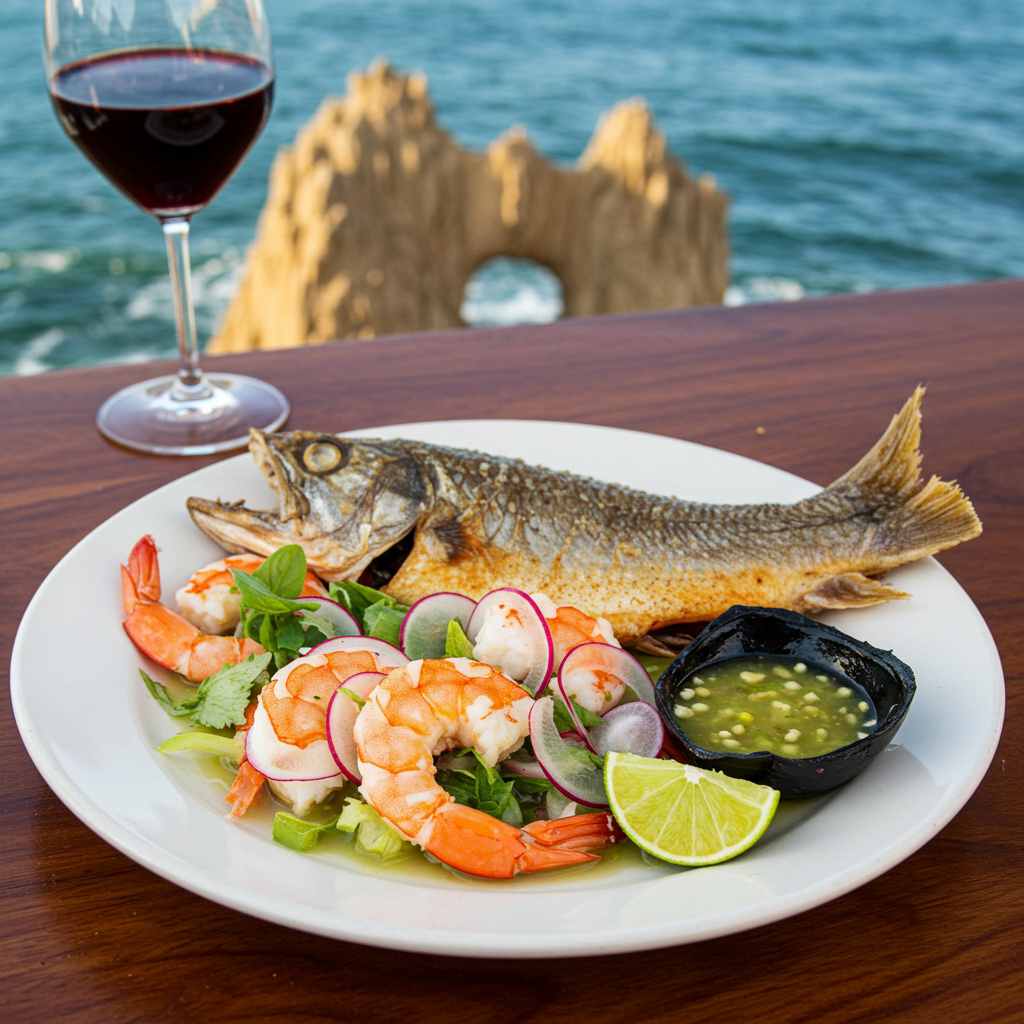
Here, the ocean is your pantry. You’ll find fresh ceviches, zingy aguachiles, and world-famous fish tacos. Plus, Baja’s rising wine and craft beer scene pairs beautifully with its seafood-driven menu.
Western Highlands: Comfort in Every Bite
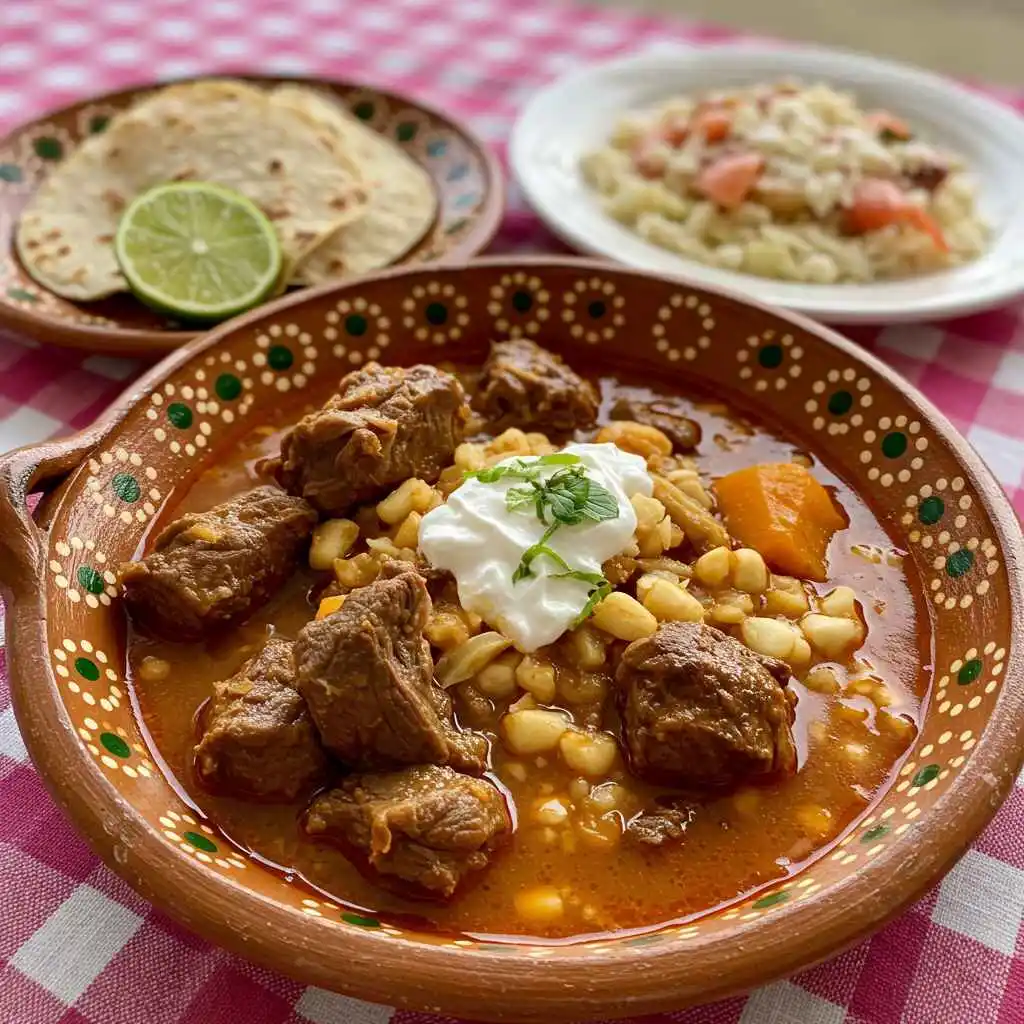
In the mountainous regions, cozy dishes like birria (spicy stew of goat or beef) and pozole rojo warm the soul, served at gatherings that bring entire communities together.
Iconic Dishes That Define Mexican Gastronomy
Let’s be honest—when it comes to famous Mexican dishes, there’s no shortage of mouthwatering options.
Mole: A Culinary Masterpiece
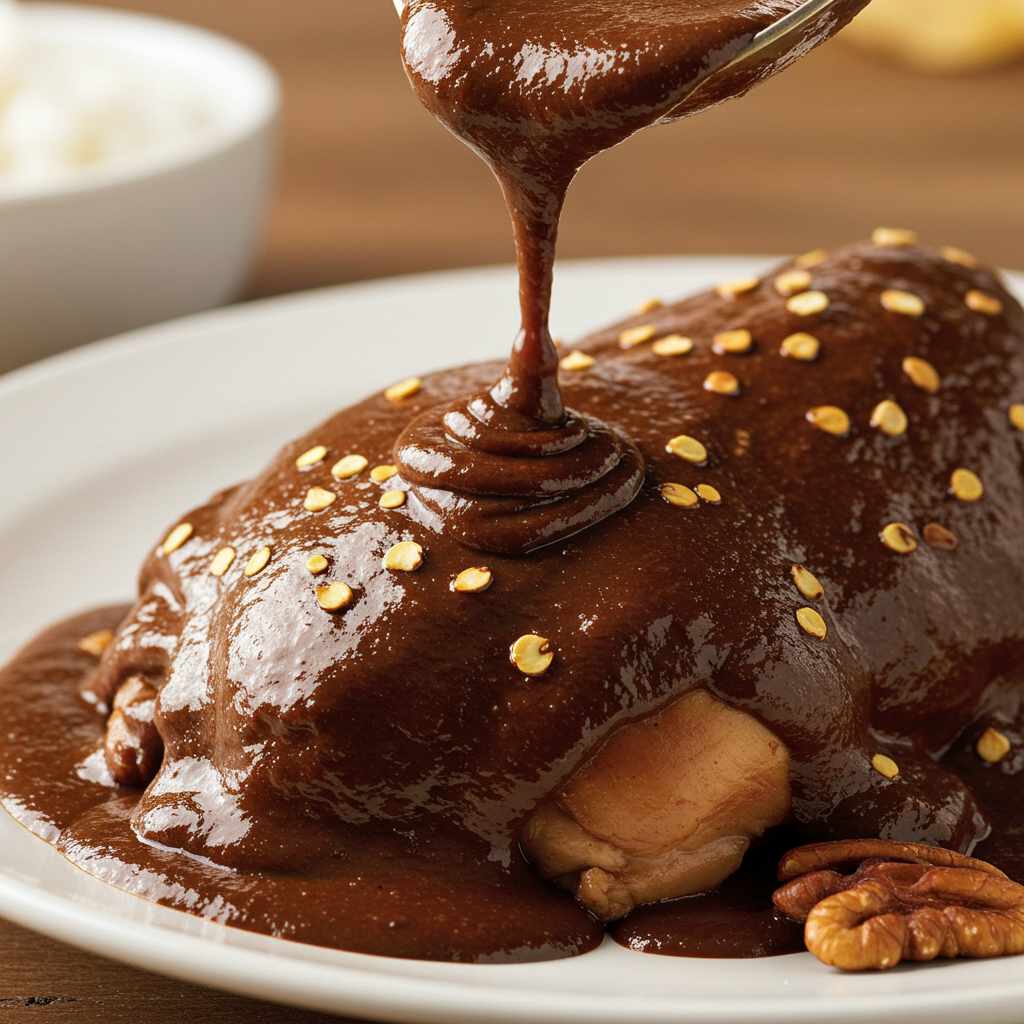
This isn’t your average sauce. Mole combines chili peppers, chocolate, spices, nuts, and seeds into a rich, velvety pour-over for chicken or turkey. Every family has its own mole recipe, and each one tells a story.
Pozole: A Bowl of History

Dating back to pre-Columbian rituals, pozole is a hearty stew of hominy and pork (or chicken), garnished with crunchy radishes, shredded lettuce, onions, and a squeeze of lime. It’s the ultimate party dish.
Chiles en Nogada: A Patriotic Plate
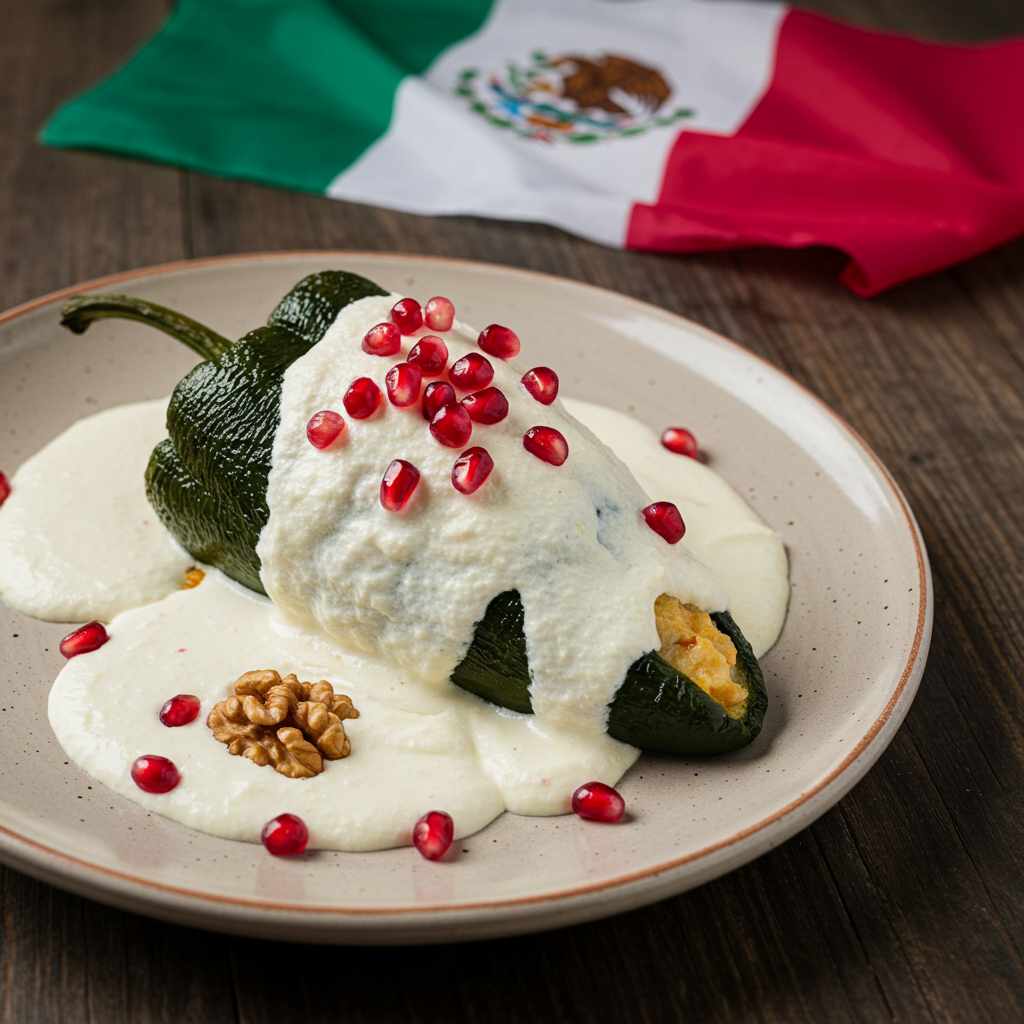
If you’re celebrating Mexican Independence Day, this dish is a must. Chiles en nogada features poblano peppers stuffed with a sweet-savory filling, topped with creamy walnut sauce and ruby-red pomegranate seeds, mirroring the Mexican flag.
Tacos & Antojitos: Street Food Icons
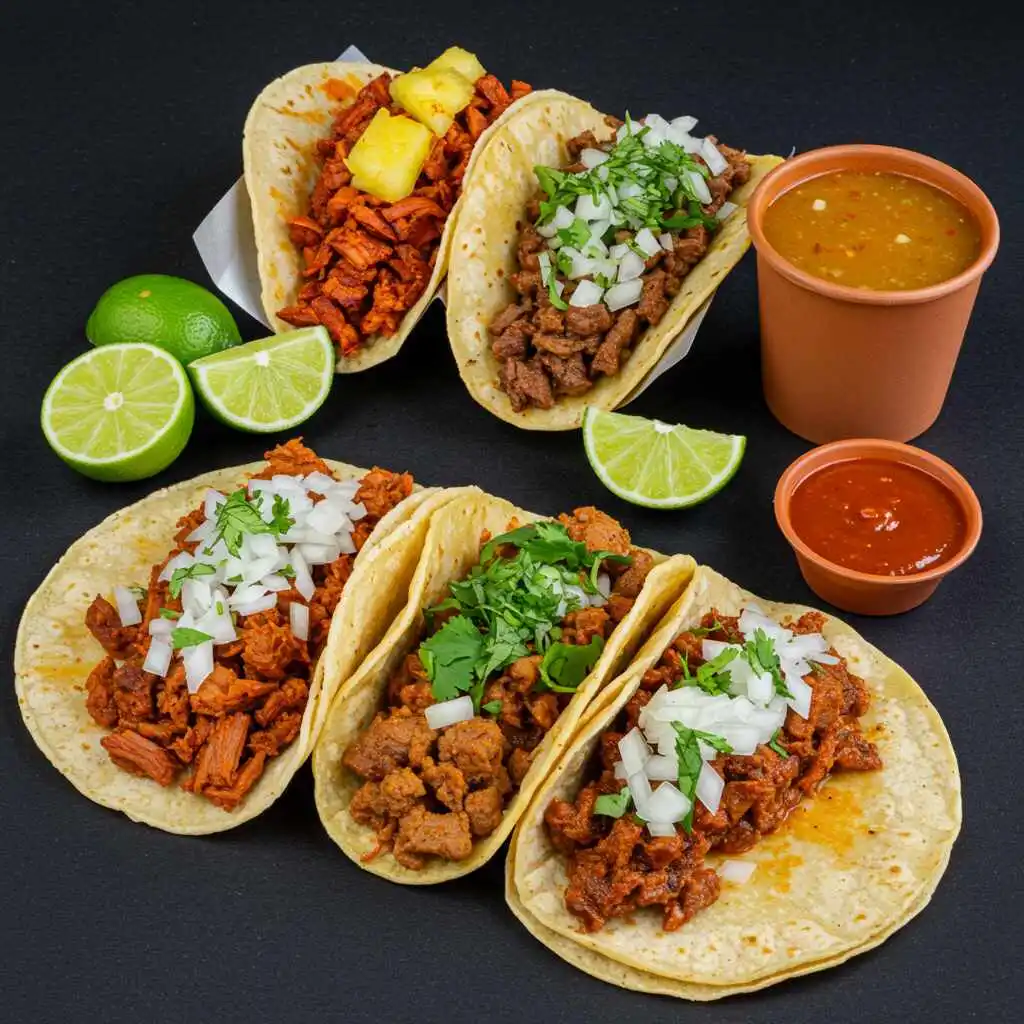
Ask anyone: no food captures the spirit of Mexican street food like tacos. From tacos al pastor (juicy marinated pork with pineapple) to tacos de barbacoa (slow-cooked lamb), every bite is a flavor bomb. And let’s not forget antojitos (“little cravings”): quesadillas, sopes, gorditas, enchiladas, chilaquiles, and tostadas—each one a comfort food classic.
The Heartbeat of the Table: Mexican Salsas & Sauces
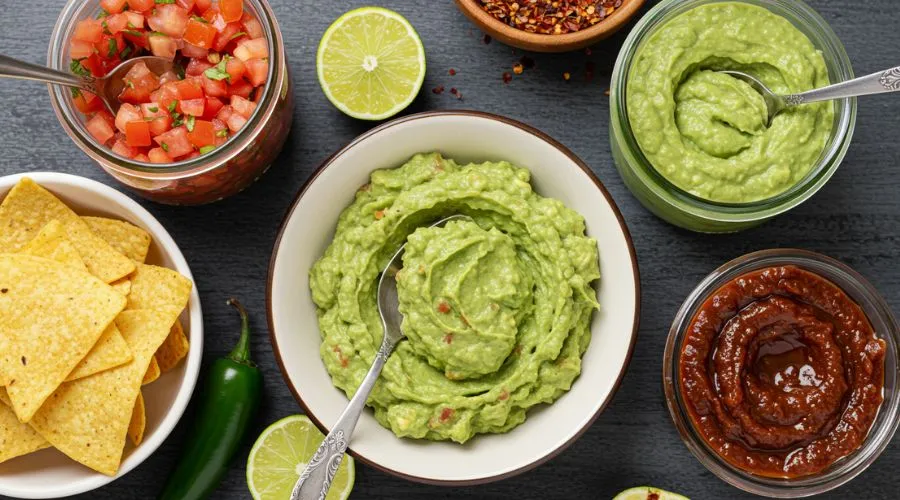
No Mexican meal feels complete without a splash of salsa or a dollop of sauce. But here’s the magic: every region has its spin, turning simple ingredients into bold, unforgettable flavors.
- Pico de Gallo: Fresh, vibrant, and bursting with chopped tomatoes, onions, cilantro, a squeeze of lime, and a kick of serrano chiles. A classic that brings any dish to life.
- Guacamole: Creamy avocados mashed with diced onion, juicy tomato, fresh cilantro, and a hint of lime. Trust me, everything will be dipped in it.
- Chipotle Sauce: Smoky chipotles blended with ripe tomatoes, onion, garlic, and a dash of vinegar. Perfect for drizzling over tacos or spooning onto grilled meats.
Each of these salsas isn’t just a condiment—they’re an expression of Mexican culinary heritage, elevating even the simplest meals into a festival of flavors.
Beyond the Plate: Beverages That Refresh and Connect
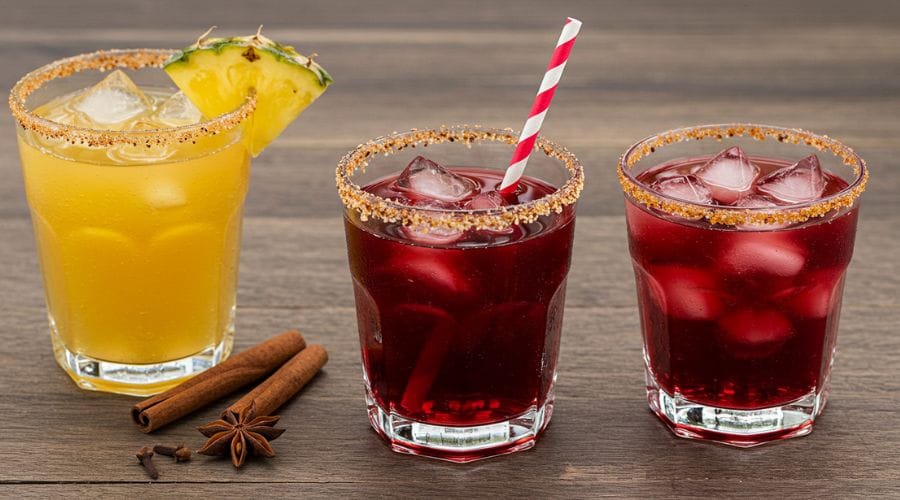
Let’s talk drinks. Because in Mexican gastronomy, beverages aren’t just thirst-quenchers—they’re steeped in history, culture, and celebration.
- Tepache: This lightly fermented pineapple drink, sweetened with piloncillo and spiced with cinnamon, is a tangy, refreshing sip perfect for warm afternoons.
- Agua de Jamaica: A deep ruby-red hibiscus tea, tangy and vibrant, often served chilled over ice—a staple at every family gathering.
- Ponche de Granada: The perfect festive punch, with pomegranate juice, cinnamon, cloves, and a hint of tequila. Best wishes!
- Tequila & Mezcal: The iconic spirits of Mexico, each sip a smoky, earthy tribute to the agave plant and the craftsmanship behind every bottle.
- Pulque: An ancient drink made from fermented maguey sap, pulque is a taste of pre-Hispanic Mexico that still holds cultural reverence.
Every sip deepens the experience of gastronomia en México, reminding us that food and drink are inseparable threads in Mexico’s culinary tapestry.
Celebrating Mexican Gastronomy: A National Tribute to Flavor

Did you know there’s an entire day dedicated to honoring Mexican gastronomy? Every November 16, communities, chefs, and food lovers gather to celebrate National Mexican Gastronomy Day. A variety of cooking demos, tastings, and storytelling can be found throughout the country, from bustling street markets to upscale restaurants like Urbana Mexican Gastronomy & Mixology.
Throughout the year, food festivals, cooking workshops, and culinary tours keep the spirit alive, letting locals and visitors alike experience the depth of la gastronomia de México firsthand.
Mexican Gastronomy: More Than a Meal—A Cultural Identity

Here’s the thing: Mexican gastronomy doesn’t just fill bellies—it builds bridges. Every meal is an opportunity to share stories, honor ancestors, and pass down recipes.
Traditional farming practices like milpas and chinampas reflect Mexico’s deep respect for the land, sustainability, and heritage. Cooking techniques passed down orally—from abuelas to grandkids—keep these flavors alive and evolving.
This blend of tradition and innovation is why Mexican gastronomy earned its place on the world stage as an Intangible Cultural Heritage. From ancestral kitchens to modern culinary labs, Mexico continues to celebrate its roots while reinventing its future.
Why Mexican Gastronomy Truly Matters
When UNESCO recognized gastronomia de México back in 2010, it wasn’t just about the food. It was about acknowledging a living, breathing cultural system—where cooking is intertwined with identity, history, and ritual.
Think about it: every folded tortilla, every mole stirred for hours, every tamal steamed in its husk carries stories that date back generations. Food here is a celebration. It’s remembrance. It’s love on a plate.
The next time you tuck into a taco al pastor, a steamy bowl of pozole, or a slice of pan de muerte, know that you are tasting history. You’re partaking in a tradition that nourishes more than just the body—it feeds the soul.
Ready to explore more? Curious about which region has la mejor gastronomia de México? Or maybe you’ve got your eye on Urbana Mexican Gastronomy & Mixology’s menu? Drop us a comment below and let’s keep this flavorful conversation going!
Frequently Asked Questions About Mexican Gastronomy?
Q1. What is Mexican gastronomy, and why is it important?
Ans. Mexican gastronomy isn’t just food—it’s a rich blend of traditional dishes, cooking methods, and cultural rituals deeply woven into Mexico’s history. Recognized by UNESCO as an Intangible Cultural Heritage, it celebrates community, identity, and centuries-old culinary knowledge. Its importance lies in preserving traditions, showcasing regional diversity, and connecting generations through shared meals.
Q2. Are there any main ingredients in traditional Mexican cuisine?
Ans. The foundation of traditional Mexican food is built on the trio of corn, beans, and chili peppers. You’ll also find essentials like tomatoes, tomatillos, avocados, cacao, squash, and epazote. These ingredients show up in beloved dishes such as tortillas, tamales, mole, and countless salsas, creating the bold, earthy flavors that define Mexican gastronomy.
Q3. What are the most famous traditional Mexican dishes?
Ans. Oh, where to start? Some must-tries include tacos al pastor, mole poblano, pozole, chiles en nogada, tamales, enchiladas, and birria. Each dish tells a story of indigenous roots blending with colonial influences, and every region adds its signature twist.
Q4. How does Mexican cuisine differ across regions?
Ans. One of the beauties of gastronomia de México is its diversity. In northern Mexico, grilled meats and flour tortillas reign supreme. Oaxaca is famous for its seven moles and tlayudas. Yucatán showcases cochinita pibil and bright, tropical spices. Baja California offers fresh seafood and legendary fish tacos. There is a culinary fingerprint for every region, every town, and even every family.
Q5. Why did UNESCO recognize Mexican gastronomy as a cultural heritage?
Ans. UNESCO honored Mexican gastronomy in 2010 because it embodies a complete cultural system—not just recipes, but farming methods like milpas and chinampas, cooking techniques like nixtamalization, and community rituals. It represents sustainability, cultural continuity, and a shared culinary identity passed lovingly from generation to generation.

